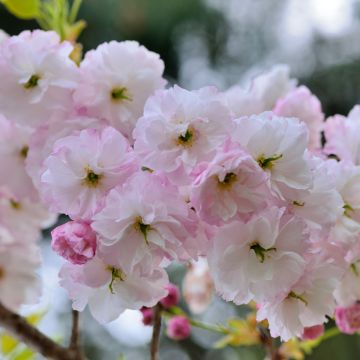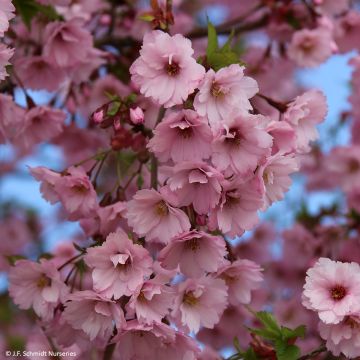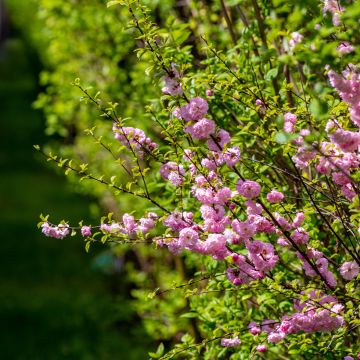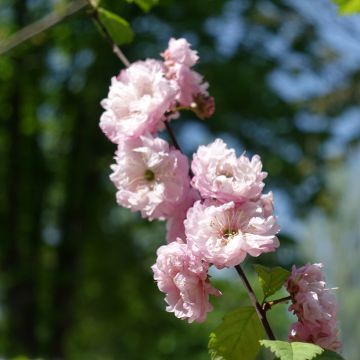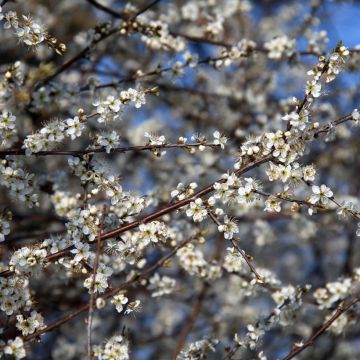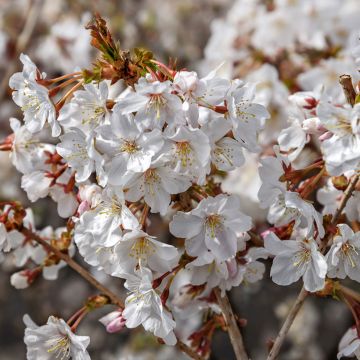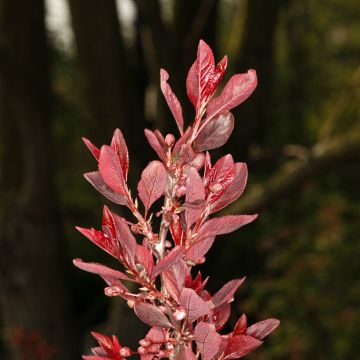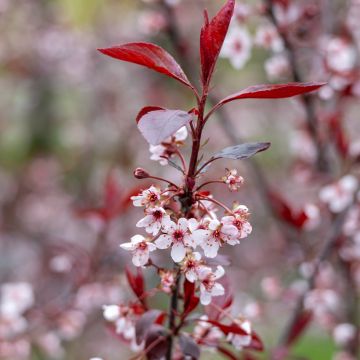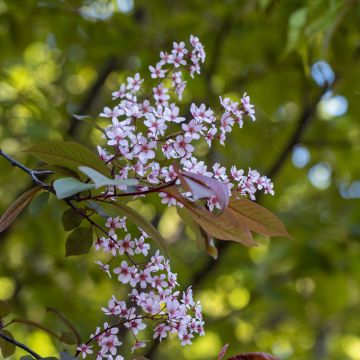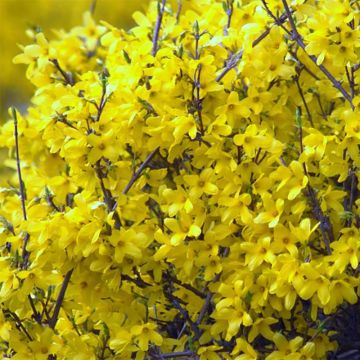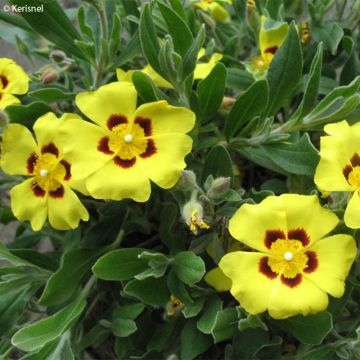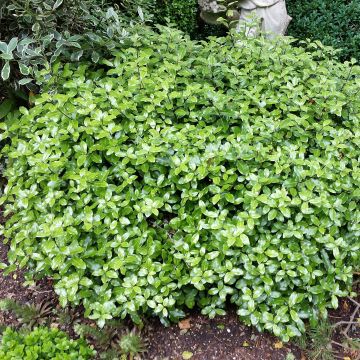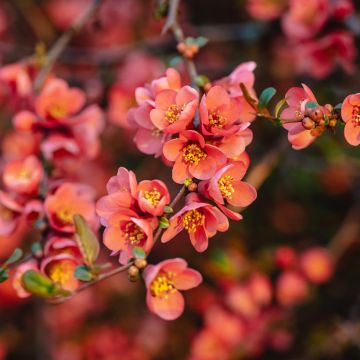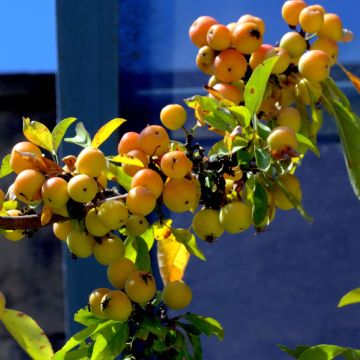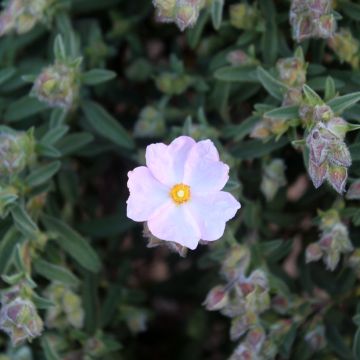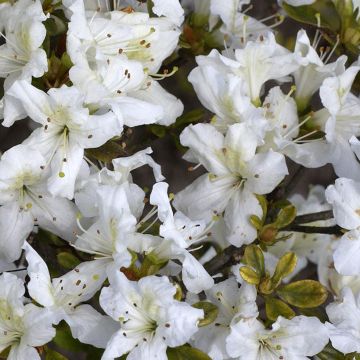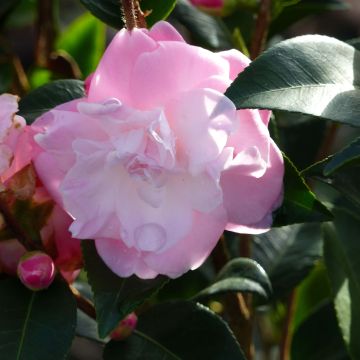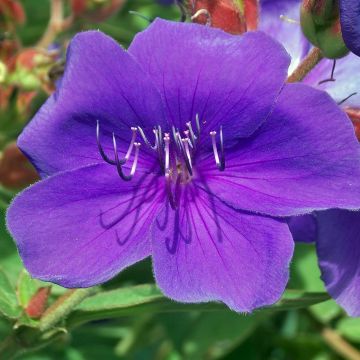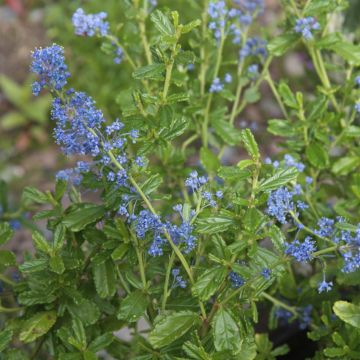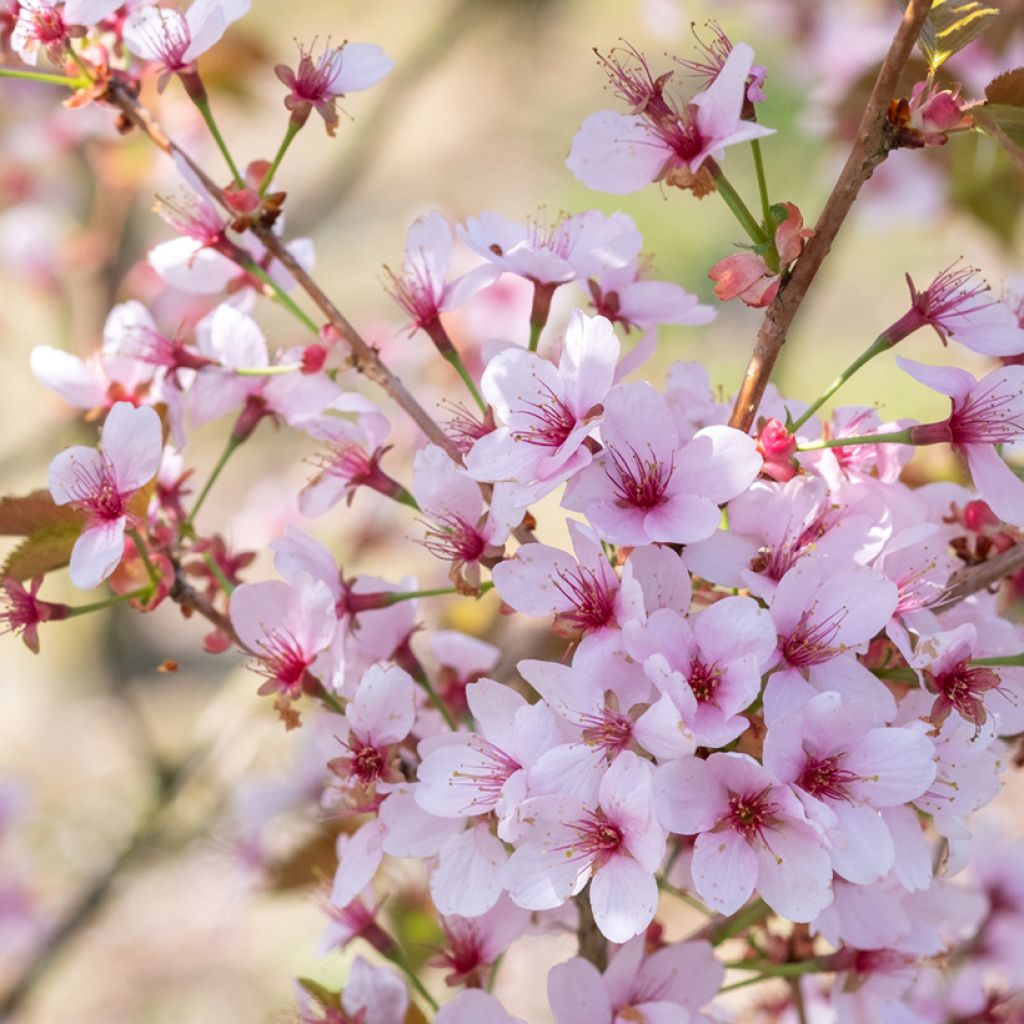

Prunus hillieri Spire - Cherry
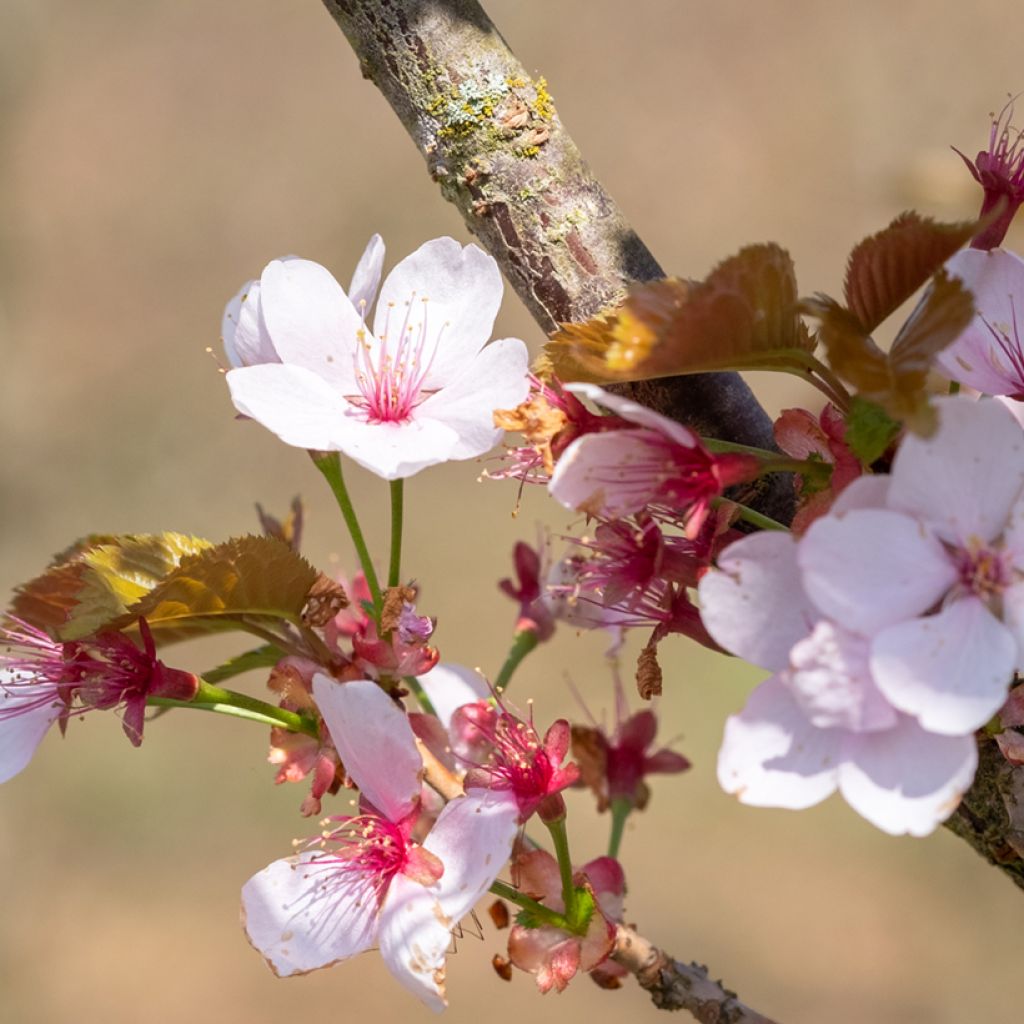

Prunus hillieri Spire - Cherry
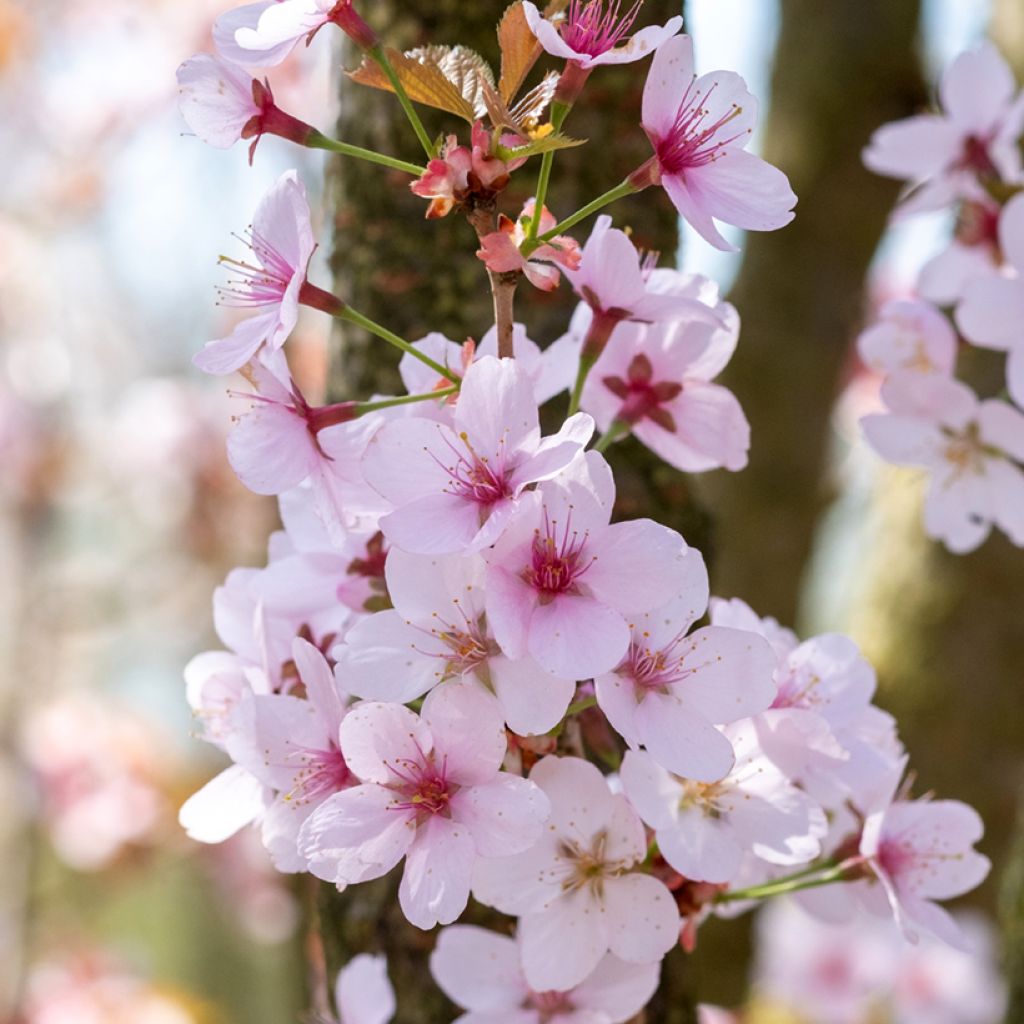

Prunus hillieri Spire - Cherry


Cerisier à fleurs - Prunus hillieri Spire
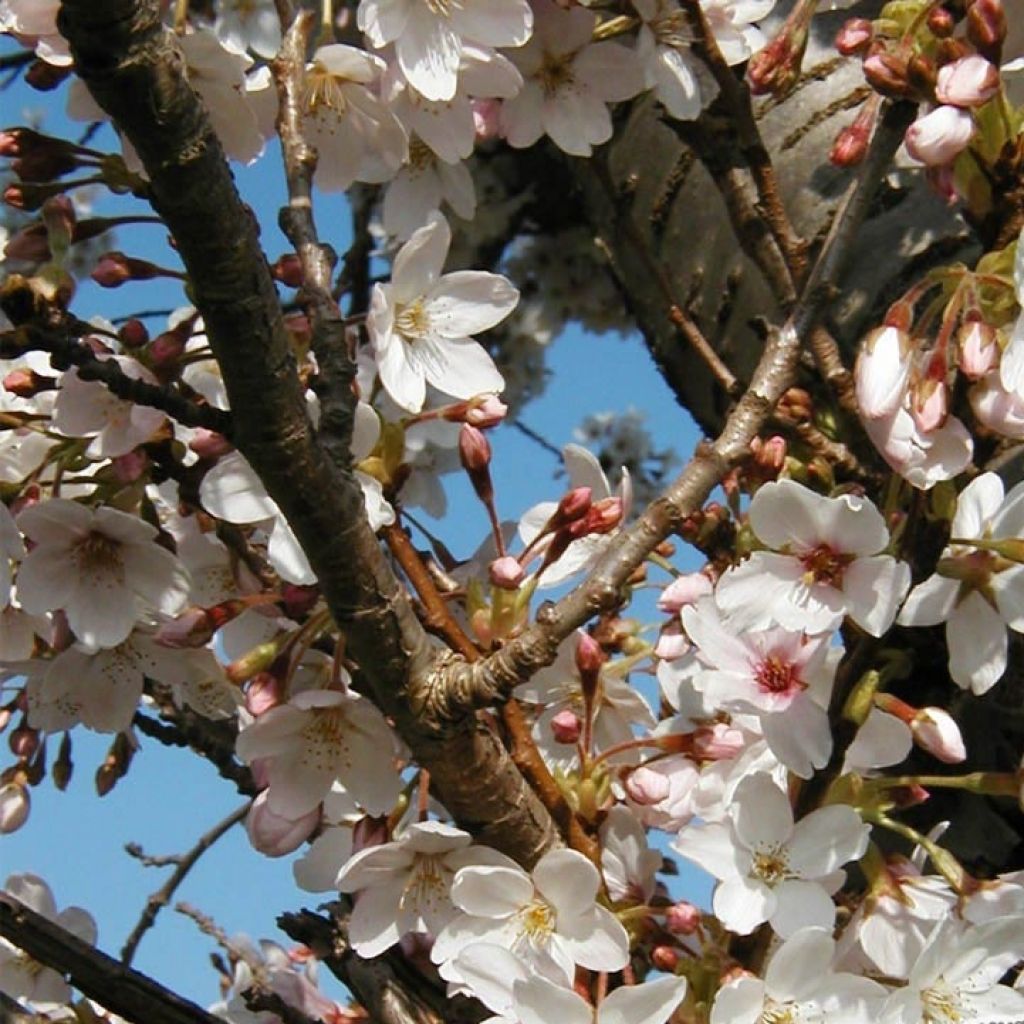

Cerisier à fleurs - Prunus hillieri Spire
Prunus hillieri Spire - Cherry
Prunus x hillieri Spire
Cherry
This item cannot be shipped to the selected country
Delivery charge from €5.90
Delivery to Corse prohibited
More information
Schedule delivery date,
and select date in basket
This plant carries a 24 months recovery warranty
More information
We guarantee the quality of our plants for a full growing cycle, and will replace at our expense any plant that fails to recover under normal climatic and planting conditions.
From €5.90 for pickup delivery and €6.90 for home delivery
Express home delivery from €8.90.
Delivery to Corse prohibited: UE law prohibits the import of this plant from mainland France to Corse as part of the fight against Xylella fastidiosa. Please accept our sincere apologies.
More information
Does this plant fit my garden?
Set up your Plantfit profile →
Description
The Prunus (x) hillieri 'Spire' is a variety of flowering cherry tree notable for its slender and spreading habit and its beautiful crown, as well as for the colour of its autumn foliage. In spring, it is adorned with a profusion of pale pink flowers, followed by bronze young leaves and finally a red-violet foliage, a true fireworks display at the end of the season. It is a small, hardy tree with remarkable colour, which will make a superb specimen in a medium-sized, isolated garden. It is easily grown in the sun, in a well-drained, preferably limestone soil.
The 'Spire' Prunus is a cross between the Prunus incisa, which is native to the slopes of Mount Fuji in Japan, and the P. sargentii, which is native to Japan, Korea, and the Kuril Islands. This variety was obtained around 1935 at Hillier Nurseries in England. All these small trees belong to the large Rosaceae family.
The 'Spire' prunus is relatively slow-growing and typically reaches a height of 7m (23 ft) with a width of 3.5m. This small tree has a straight trunk, covered with brown bark, and an initially narrow and columnar crown that gradually spreads out in a pronounced and harmonious way over the years, like a sheaf. Flowering usually occurs in April, earlier or later depending on the region. The flowers, produced profusely, bloom before the leaves, suspended by short peduncles on well-branched twigs. They emerge from dark pink buds grouped in pairs to fours, then open into single cups measuring 2 to 4cm (0.8 to 1.6 in) in diameter, pale pink becoming almost white. This nectar-rich flowering attracts bees. The deciduous foliage appears just after flowering and falls in autumn. It consists of alternate, ovate-shaped leaves with pointed tips, doubly toothed along the edges. The leaves transition from bronze to light green in summer before taking on flamboyant and vibrant tones in autumn. This sterile variety does not produce fruit.
This small tree embodies all the charm of Japan, and each season reinvents the colour palette in the garden. It is best placed in isolation, it deserves it. Not demanding, this flowering cherry tree thrives in a well-prepared ordinary soil and tolerates and even appreciates the presence of limestone, which is not so common among richly coloured autumn shrubs. It can be grown in most regions. It can be surrounded, at a measured distance, by other spring-flowering shrubs, simultaneously or staggered, such as Japanese apricots 'Prunus mume', ornamental apple trees, Japanese quinces, flowering peaches, Chinese almond trees, hawthorns... It naturally belongs in a Japanese garden, in a sunny location.
Report an error about the product description
Prunus hillieri Spire - Cherry in pictures




Plant habit
Flowering
Foliage
Botanical data
Prunus
x hillieri
Spire
Rosaceae
Cherry
Cultivar or hybrid
Other Prunus
Planting and care
The Prunus 'Spire' thrives in full sun in any fairly deep, rather rich, moist but well-drained, slightly acidic to alkaline soil. It will thrive in most soils that are neither excessively wet nor excessively dry. Water regularly to help the plant establish, especially during abnormally dry and hot weather. When planting, mix your soil with compost at a ratio of 50%. Dig a large planting hole. Apply a flowering shrub fertilizer every spring. Be cautious of late frosts that could damage early flowering. Therefore, it is preferable to place the prunus in a slightly sheltered location from dry and cold winds.
Planting period
Intended location
Care
This item has not been reviewed yet - be the first to leave a review about it.
Spring-flowering shrubs
Haven't found what you were looking for?
Hardiness is the lowest winter temperature a plant can endure without suffering serious damage or even dying. However, hardiness is affected by location (a sheltered area, such as a patio), protection (winter cover) and soil type (hardiness is improved by well-drained soil).

Photo Sharing Terms & Conditions
In order to encourage gardeners to interact and share their experiences, Promesse de fleurs offers various media enabling content to be uploaded onto its Site - in particular via the ‘Photo sharing’ module.
The User agrees to refrain from:
- Posting any content that is illegal, prejudicial, insulting, racist, inciteful to hatred, revisionist, contrary to public decency, that infringes on privacy or on the privacy rights of third parties, in particular the publicity rights of persons and goods, intellectual property rights, or the right to privacy.
- Submitting content on behalf of a third party;
- Impersonate the identity of a third party and/or publish any personal information about a third party;
In general, the User undertakes to refrain from any unethical behaviour.
All Content (in particular text, comments, files, images, photos, videos, creative works, etc.), which may be subject to property or intellectual property rights, image or other private rights, shall remain the property of the User, subject to the limited rights granted by the terms of the licence granted by Promesse de fleurs as stated below. Users are at liberty to publish or not to publish such Content on the Site, notably via the ‘Photo Sharing’ facility, and accept that this Content shall be made public and freely accessible, notably on the Internet.
Users further acknowledge, undertake to have ,and guarantee that they hold all necessary rights and permissions to publish such material on the Site, in particular with regard to the legislation in force pertaining to any privacy, property, intellectual property, image, or contractual rights, or rights of any other nature. By publishing such Content on the Site, Users acknowledge accepting full liability as publishers of the Content within the meaning of the law, and grant Promesse de fleurs, free of charge, an inclusive, worldwide licence for the said Content for the entire duration of its publication, including all reproduction, representation, up/downloading, displaying, performing, transmission, and storage rights.
Users also grant permission for their name to be linked to the Content and accept that this link may not always be made available.
By engaging in posting material, Users consent to their Content becoming automatically accessible on the Internet, in particular on other sites and/or blogs and/or web pages of the Promesse de fleurs site, including in particular social pages and the Promesse de fleurs catalogue.
Users may secure the removal of entrusted content free of charge by issuing a simple request via our contact form.
The flowering period indicated on our website applies to countries and regions located in USDA zone 8 (France, the United Kingdom, Ireland, the Netherlands, etc.)
It will vary according to where you live:
- In zones 9 to 10 (Italy, Spain, Greece, etc.), flowering will occur about 2 to 4 weeks earlier.
- In zones 6 to 7 (Germany, Poland, Slovenia, and lower mountainous regions), flowering will be delayed by 2 to 3 weeks.
- In zone 5 (Central Europe, Scandinavia), blooming will be delayed by 3 to 5 weeks.
In temperate climates, pruning of spring-flowering shrubs (forsythia, spireas, etc.) should be done just after flowering.
Pruning of summer-flowering shrubs (Indian Lilac, Perovskia, etc.) can be done in winter or spring.
In cold regions as well as with frost-sensitive plants, avoid pruning too early when severe frosts may still occur.
The planting period indicated on our website applies to countries and regions located in USDA zone 8 (France, United Kingdom, Ireland, Netherlands).
It will vary according to where you live:
- In Mediterranean zones (Marseille, Madrid, Milan, etc.), autumn and winter are the best planting periods.
- In continental zones (Strasbourg, Munich, Vienna, etc.), delay planting by 2 to 3 weeks in spring and bring it forward by 2 to 4 weeks in autumn.
- In mountainous regions (the Alps, Pyrenees, Carpathians, etc.), it is best to plant in late spring (May-June) or late summer (August-September).
The harvesting period indicated on our website applies to countries and regions in USDA zone 8 (France, England, Ireland, the Netherlands).
In colder areas (Scandinavia, Poland, Austria...) fruit and vegetable harvests are likely to be delayed by 3-4 weeks.
In warmer areas (Italy, Spain, Greece, etc.), harvesting will probably take place earlier, depending on weather conditions.
The sowing periods indicated on our website apply to countries and regions within USDA Zone 8 (France, UK, Ireland, Netherlands).
In colder areas (Scandinavia, Poland, Austria...), delay any outdoor sowing by 3-4 weeks, or sow under glass.
In warmer climes (Italy, Spain, Greece, etc.), bring outdoor sowing forward by a few weeks.

































